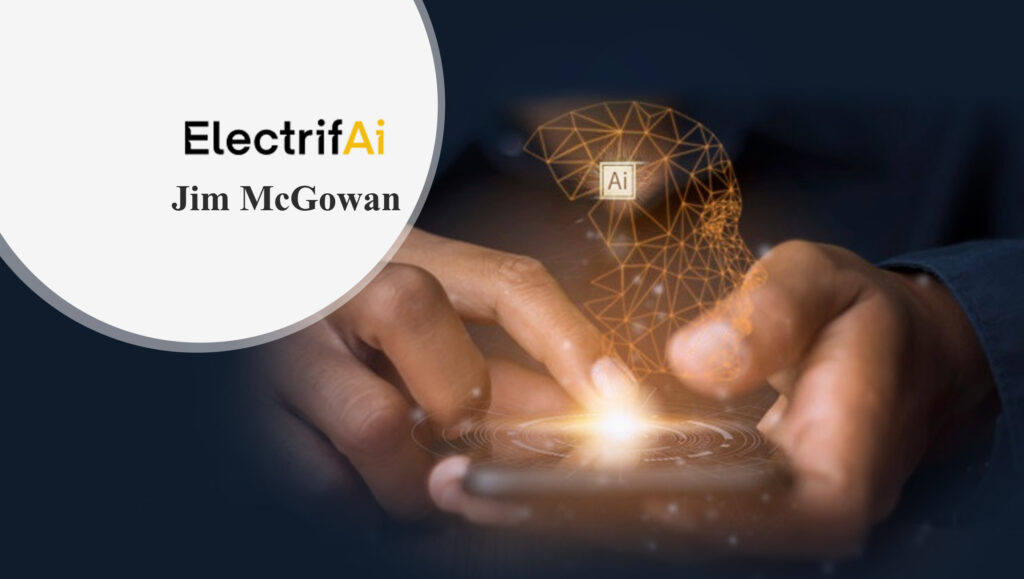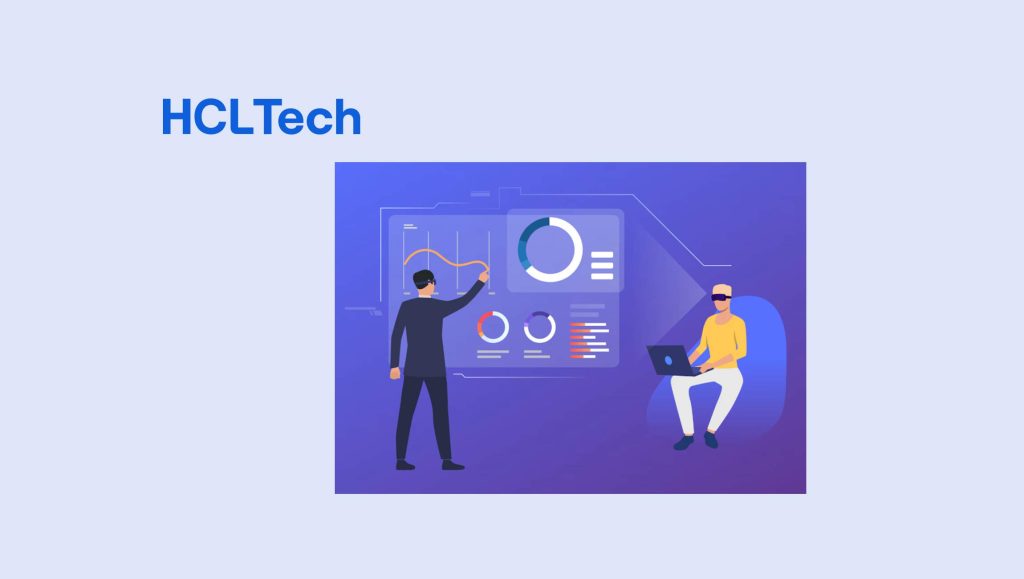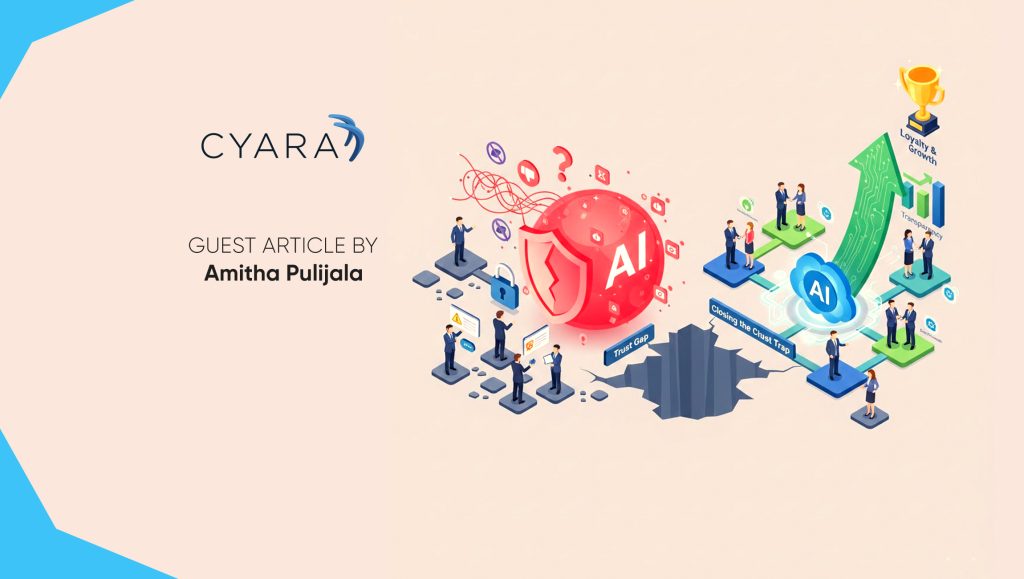Every CEO makes great claims about how their business is customer-centric, but ask any customer and they’ll say they want to be heard. Rising customer expectations, rapid changes in technology and increasingly complex data have thrown a wrench in traditional customer strategies – established listening posts (e.g. surveys, chat, call centers, ratings/reviews) are leaving many feeling that they are not heard. This is because many investments in CX strategies have failed to deliver on two fronts: creating a connected experience that customers expect and turning disparate data into actionable insights that generate real ROI.
Read More: The Benefits And Importance Of Audience Segmentation To Boost Personalization
Fortunately, the rise of artificial intelligence (AI) and machine learning (ML) is making it more possible—and practical—than ever to move from one-way dialogues to frictionless customer experiences. As more enterprises embrace these advancements, the rising tide will lift all boats: the customer’s experience, business profitability, and value creation from integrated CX data and proactive insight tools.
In this quest for personalized, fluid customer experiences, enterprises are embracing CX technology like never before. The 2019 CMO Survey by IDC revealed that 62.2%of B2B and 40.9 percent of B2C marketers are using AI to enhance content personalization and manage the experience across customer journey. Not far down the list is a growing group of enterprises using conversational AI to enhance customer service. Across all these use cases, IDC predicts that 90% of enterprise apps will feature AI capabilities by 2025.
Organizations need to be customer-centric to stay competitive – or risk losing loyalty to competitors that better understand individualized wants and needs. As a result, they’re investing heavily in the tools perceived to make that a reality, often without much understanding of the processes behind them. However, there’s a way to capture far more value from these ventures—to the benefit of businesses, customers and stakeholders.
Today’s digital landscape provides more touchpoints, more channels and significantly more data than ever before. But for many organizations, the potential of a data-driven strategy is quickly outweighed by its challenges. A substantial number of internal AI projects fail, sometimes as high as 90% as a result of poor data usage. Integrating disparate data is no small feat. Not surprisingly, critical intelligence often sits stagnant in silos, separated from other data required to meaningfully connect the dots. And without complete data, a complete customer view is impossible. Without a complete customer view, crafting a journey from marketing through sales and service turns into an uphill battle at best.
The need for a future-forward CX strategy is undeniable. But what does this actually look like? It means gleaning insights and behavioral cues from customer feedback data and using this intelligence to understand the customer’s true wants and needs. It means replacing one-way dialogues with personalized interactions based on how a customer’s needs change over time. And, ultimately, it means leveraging a holistic view of each unique customer to deliver a connected experience across digital and human touchpoints. To achieve this vision, organizations must leverage AI and ML to its full potential.
Read More: Covid-19 Will Change Retail Forever – Here’s How
Through the power of AI, organizations can design actionable strategies that create value across every stage of the customer lifecycle, from first touchpoint through brand loyalty. Advanced AI software is helping teams align and coordinate interactions by delivering a strategic, consistent experience across the ever-growing stable of digital touchpoints and customer-facing functions. The market’s leading machine learning (ML) models optimize customer engagement and performance through existing CRM tools and customer feedback platforms. High-value models can be deployed in weeks with very low risk, optimizing time-to-value and easing implementation challenges.
ElectrifAi is home to the world’s leading AI and ML experts, delivering practical, profitable solutions for enterprise customers across a range of industries from telecommunications, healthcare, insurance, banking, among others. We’ve spoken with countless CXOs about the challenges of delivering a personalized, frictionless customer experience. We’ve listened to their critiques of current tools and their desire to quantify their program’s ROI. Then, we set out to create a solution that would change the game for their business.
The result leverages over 1,000 proven, pre-built machine learning (ML) models to create a true 360-degree view at both the individual and segment levels. Applying ML models to disparate data allows you to analyze aggregate-level surveys and partial data – putting practical, personalized recommendations at your fingertips and seeing results within weeks.
We’ve seen technology rise and fall, but AI and ML will, if it hasn’t already, establish itself as the most accurate way to reach customers the way want. Customers need to feel seen, heard, and understood, and ultimately understand that your product is going to be the best for them. Understanding the drivers that lead to those purchasing decisions is not just in the data you collect—it’s in the tools you use to turn that data into action.
Read More: 5 Sales And Marketing Lessons From Some Of The World’s Best Tech Companies





















